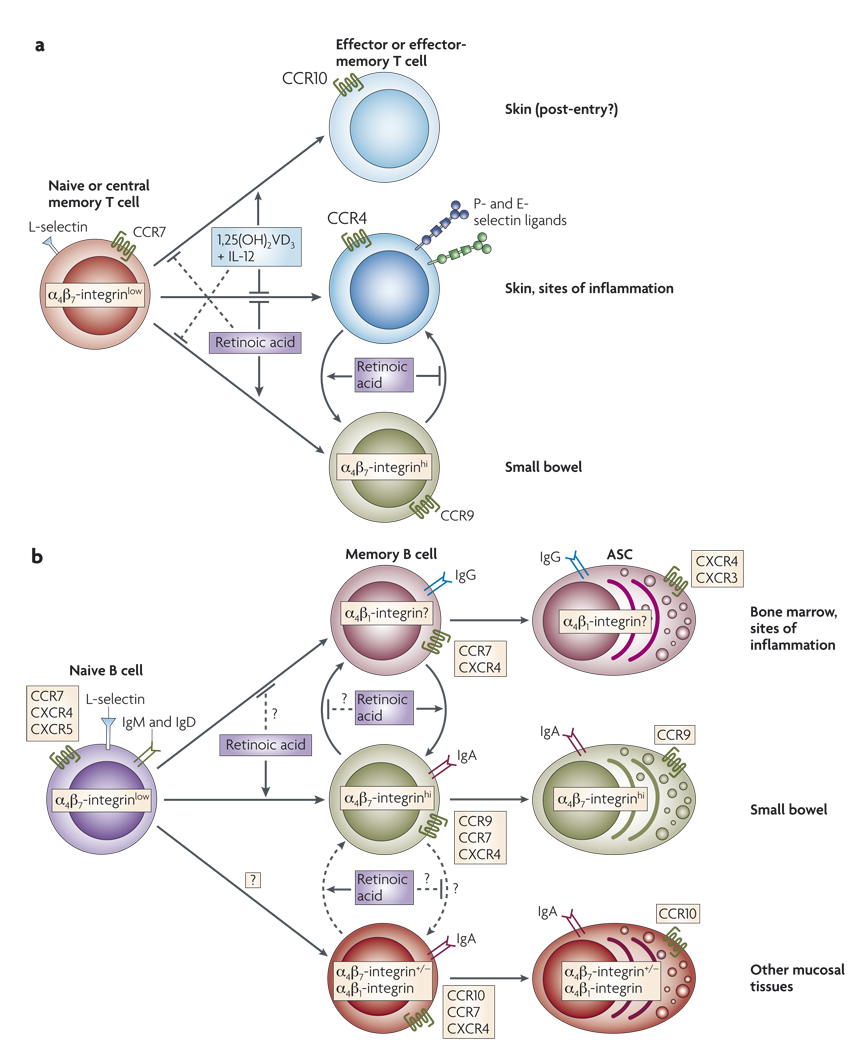Figure 4. Roles of retinoic acid and 1,25(OH)2VD3 in tissue-specific lymphocyte homing.
a | Retinoic acid produced by gut-associated lymphoid tissue (GALT)-resident dendritic cells and probably by other cells, such as intestinal epithelial cells, potently induces the expression of the gut-homing receptors α4β7-integrin and CC-chemokine receptor 9 (CCR9) by activated CD4+ and CD8+ T cells. Retinoic acid also blocks the induction of skin-homing receptors by T cells, including CCR4 and the ligands for E- and P-selectin. Effector and memory T cells exhibit plasticity in their homing commitment: skin-homing T cells can become gut-homing T cells and vice versa if they are restimulated either with or without retinoic acid, respectively. In the presence of interleukin-12 (IL-12), 1,25(OH)2VD3 (the main circulating vitamin D3 (VD3) metabolite) induces the expression of skin-associated CCR10 by human (but not mouse) T cells. However, 1,25(OH)2VD3 blocks the induction of E-selectin ligands and therefore inhibits skin-homing. So, it is possible that 1,25(OH)2VD3 induces CCR10 expression after T cells have homed to the skin to retain them in the epidermis (in which the CCR10 ligand CCL27 is expressed). 1,25(OH)2VD3 also antagonizes the upregulation of gut-homing receptors, whereas retinoic acid reciprocally blocks the induction of CCR10 expression by 1,25(OH)2VD3. b | Like T cells, B cells also exhibit plasticity in their homing commitment and can either acquire or lose gut-homing potential when reactivated with or without retinoic acid, respectively. Retinoic acid induces the expression of α4β7-integrin and CCR9 on activated B cells and antibody-secreting cells (ASCs). It is unknown whether retinoic acid alters the homing of B cells and ASCs to other tissues, such as the bone marrow or sites of inflammation. ASCs in mucosal tissues (mostly IgA+ ASCs) also express CCR10, although it is unclear where and how this receptor is upregulated by these cells.

